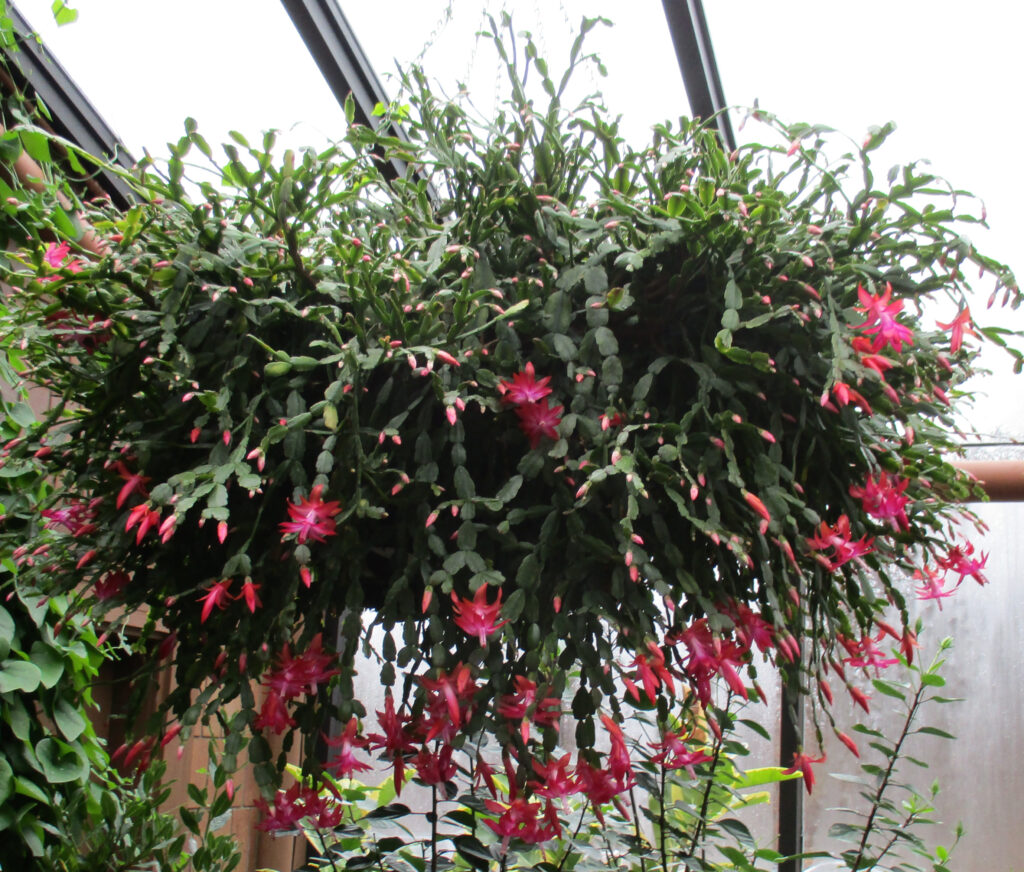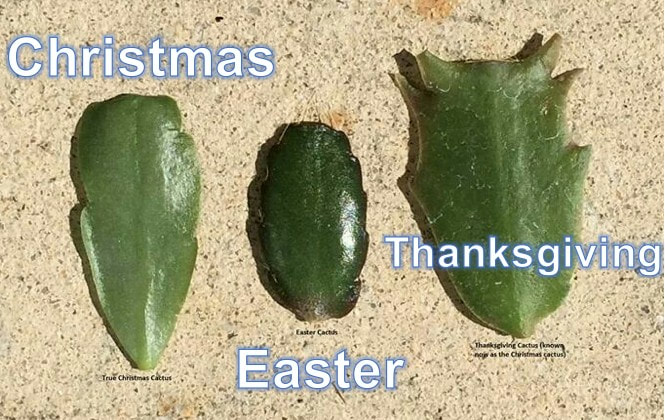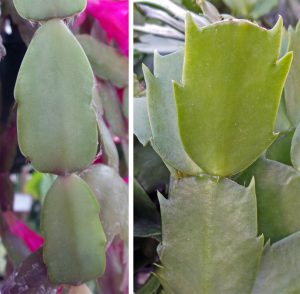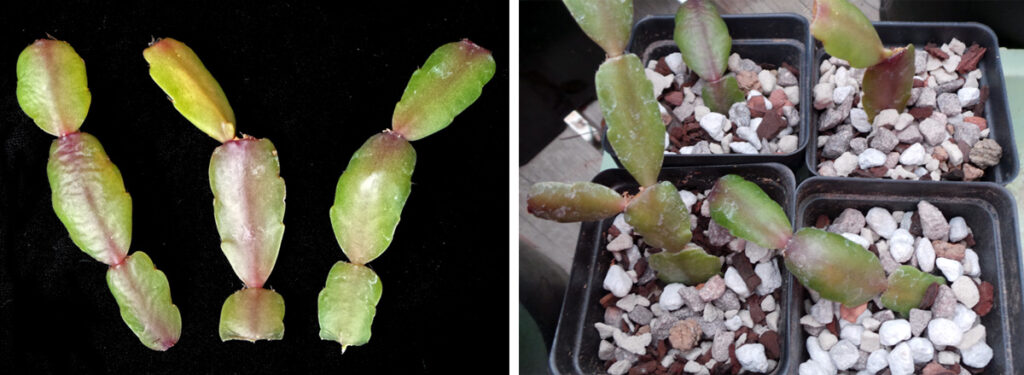Holiday Cacti Care: Vibrant Blooms for Winter
go.ncsu.edu/readext?1039944
en Español / em Português
El inglés es el idioma de control de esta página. En la medida en que haya algún conflicto entre la traducción al inglés y la traducción, el inglés prevalece.
Al hacer clic en el enlace de traducción se activa un servicio de traducción gratuito para convertir la página al español. Al igual que con cualquier traducción por Internet, la conversión no es sensible al contexto y puede que no traduzca el texto en su significado original. NC State Extension no garantiza la exactitud del texto traducido. Por favor, tenga en cuenta que algunas aplicaciones y/o servicios pueden no funcionar como se espera cuando se traducen.
Português
Inglês é o idioma de controle desta página. Na medida que haja algum conflito entre o texto original em Inglês e a tradução, o Inglês prevalece.
Ao clicar no link de tradução, um serviço gratuito de tradução será ativado para converter a página para o Português. Como em qualquer tradução pela internet, a conversão não é sensivel ao contexto e pode não ocorrer a tradução para o significado orginal. O serviço de Extensão da Carolina do Norte (NC State Extension) não garante a exatidão do texto traduzido. Por favor, observe que algumas funções ou serviços podem não funcionar como esperado após a tradução.
English
English is the controlling language of this page. To the extent there is any conflict between the English text and the translation, English controls.
Clicking on the translation link activates a free translation service to convert the page to Spanish. As with any Internet translation, the conversion is not context-sensitive and may not translate the text to its original meaning. NC State Extension does not guarantee the accuracy of the translated text. Please note that some applications and/or services may not function as expected when translated.
Collapse ▲
Holiday cacti bloom in vibrant colors like this hot pink, adding a splash of festive beauty to your home during the winter months.
You do not typically think of plants blooming during winter, but Holiday Cacti (Thanksgiving and Christmas) can offer exotic flowers in many different colors (white, pink, red, purple) during the holiday season.
Types of Holiday Cacti
There are several different types of holiday cacti named for the time they bloom: Easter, Thanksgiving, and Christmas.

Identify your holiday cactus with ease! Left: Christmas, Middle: Easter, Right: Thanksgiving. The leaf shape makes all the difference!
Thanksgiving Cactus
The Thanksgiving cactus typically starts blooming in late fall.
Christmas Cactus
The Christmas cacti bloom around December.
Easter Cactus
The Easter cacti start producing flower buds in February.
Identifying Holiday Cacti
Determining whether you have a Thanksgiving or Christmas cactus will depend on the edges of the leaves.

The pointy-edged leaves belong to the Thanksgiving cactus, while the round-edged leaves are characteristic of the Christmas cactus.
Thanksgiving Cactus Features
Thanksgiving cacti have pointy, jagged edges.
Christmas Cactus Features
Christmas cacti have smooth, round edges.
Origins of Holiday Cacti
Holiday cacti were developed from a species of Schlumbergera, a tree-dwelling cactus native to the tropical rainforests of Brazil. In the wild, they would grow propped between tree branches or in rock crevices, absorbing nutrients from rainwater and decaying leaves that get caught among the roots.
Proper Care for Holiday Cacti
Holiday cacti thrive with specific care practices to keep them healthy and blooming.
Potting & Soil Requirements
As houseplants, they need to be grown in light, well-drained potting soil with bright light. Holiday cacti actually bloom best when pot-bound, so growing them in slightly smaller containers is okay.
Watering & Fertilizing Tips
As for the care of holiday cacti, keeping them evenly moist is important. Avoid overwatering, as roots will rot. A good rule of thumb is to water when the top inch of their potting soil appears dry and the container feels light when lifted, then it’s time to add water. Water until it drains from the bottom of the pot (this occurs quickly with a free-draining potting mixture). If your container has a saucer underneath, be sure to pour out any excess water after each watering.The frequency of watering and fertilizing will vary depending on the time of year. Plants are actively growing from spring through fall, so they should be watered more frequently and fertilized with a water-soluble fertilizer every couple of weeks.
Temperature Preferences
Since they are tropical plants, they prefer temperatures between 60 and 80 degrees. You can place them outdoors in light shade after the chance of frost in the spring has passed. When the temperature drops in the fall, you will want to transition them back indoors, especially before the chance of frost or freezing temperatures.
Common Problems and Solutions
Encouraging Reblooming
The biggest problem or complaint when growing holiday cacti is trouble getting them to rebloom. Failure to rebloom can be caused by sudden changes in temperature or moisture or exposure to light at the wrong time. These plants are considered short-day plants, meaning they will only begin to form flower buds when exposed to over 13 hours of continuous darkness each night. Any light that interrupts this continuous dark period can slow or stop flower formation. Even light from a street lamp or car headlights can stop flower formation. Around October, our nights begin to reach 13 hours. This is when you would want to put your holiday cacti in a location that stays dark all night. A spare room where the lights are rarely turned on works well. As flower buds begin to form, you will see them at the tips of each branch.
Preventing Flower Bud Drop
Another common problem is when flower buds form but fall off before opening. If the plant dries out or is exposed to very warm or very cool temperatures (over 90 or under 50 degrees Fahrenheit) after flower buds form, they will often drop off or fail to open. Avoid drastic changes in temperature and moisture to prevent this.
Propagating Holiday Cacti
Another tip about holiday cacti is that they are very easy to root. To do this, collect any leaf segments that break off or cut some off and stick them into a small container of potting soil. You can also put them in a small cup of water until roots form and then transfer them into a container of potting soil. They will root within a few weeks. This makes a great way to grow some holiday cacti to share with family and friends during the holidays.

Holiday cacti are easy to propagate. Simply cut segments, plant in soil or water, and watch them grow into new plants ready for sharing!
Additional Resources
For more information on growing holiday cacti or other lawn and landscape questions, please contact:
Daniel Simpson (Agriculture Extension Agent)
Phone: 252-745-4121
Email: daniel_simpson@ncsu.edu.
Information taken from Holiday Cacti Provides Color During the Holiday Season by Jessica Strickland, Wayne County Agriculture Extension Agent.



